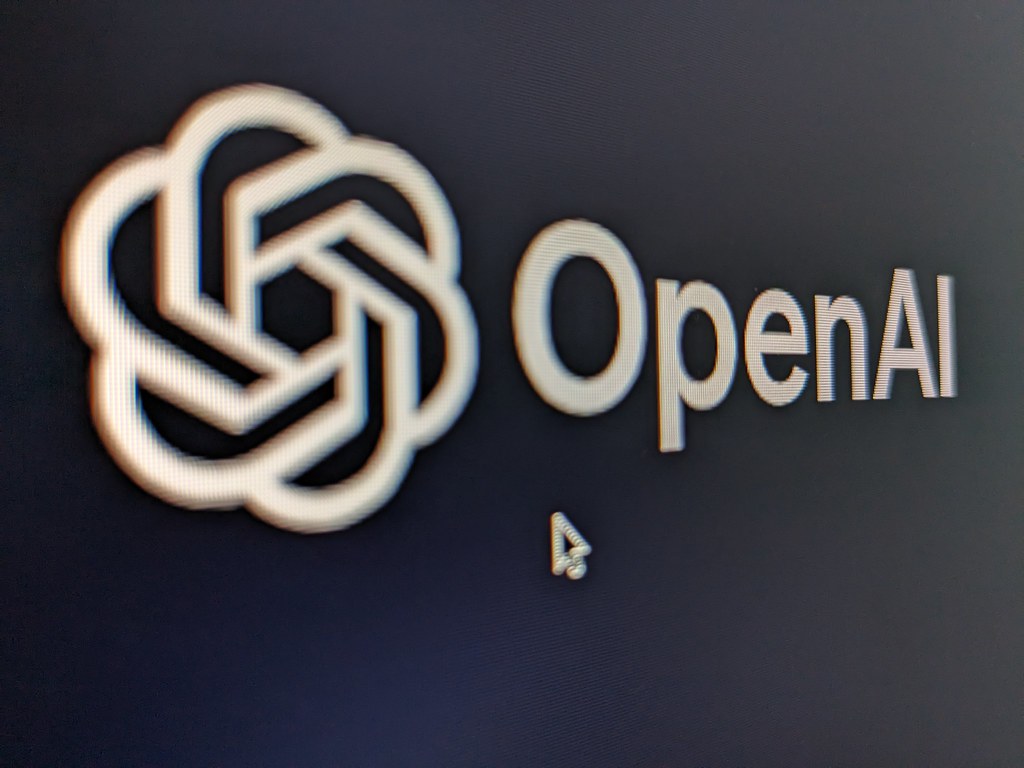More than a century later the same memory-less idea shapes everything from queue designs in call centers to the next-token sampling loop inside language models. The concept’s longevity raises a practical question: when do simple, transparent chains outperform the deep-learning architectures that often steal the spotlight?
Historical Foundations
Markov’s 1906 paper is widely viewed as the first formal proof that dependent events can still converge toward stable long-run frequencies. By treating the hop from one state to the next as the only information that matters, he created a framework that mathematicians soon extended beyond finite lists of outcomes and into continuous spaces.
Early adopters quickly found commercial uses. Danish engineer A. K. Erlang built continuous-time traffic formulas for clogged switchboards, an effort documented by Plus Magazine, and the results became the foundation of queueing theory.
Continuous-time variants such as birth-death processes created a bridge to the Poisson process, linking the emerging theory to statistical physics and, decades later, quantitative finance.
By the mid-twentieth century Markov chains had entered standard mathematics curricula, positioning the tool for rapid adoption once computers made large simulations practical.
How a Markov Chain Works
Every chain starts with a set of possible states, whether tomorrow’s weather or the four nucleotides in DNA. A transition matrix P records the probability of moving from state i to state j in one step; raising P to the nth power gives the distribution after n steps.
When a chain is irreducible and aperiodic, it is called ergodic and possesses a unique stationary distribution that the system approaches regardless of its starting point. The strong law of large numbers for Markov chains guarantees that sample averages converge to expectations under that stationary distribution.
Because every probability is explicit, analysts can prove long-run behavior and audit individual transitions, qualities that remain attractive in safety-critical applications.
Twentieth-Century Application Boom
Queueing theory gained momentum once Erlang showed that a handful of transition rates could predict wait times for early telephone exchanges, insights still used to size data centers and 911 dispatch centers.
Population geneticists adopted Markov processes to trace allele frequencies across generations. A 1974 study in Genetics modeled how geography alters the classic Wright–Fisher drift, illustrating the chain’s versatility.
Speech-recognition pioneers later introduced hidden Markov models, in which an unobserved state sequence emits the acoustic features that microphones record. Lawrence Rabiner’s widely cited 1989 tutorial for Proceedings of the IEEE codified the algorithms that dominated speech processing for two decades.
Finance embraced continuous-time Markov processes when Fischer Black and Myron Scholes priced options under geometric Brownian motion, a diffusion model summarized by Macroption and still integral to derivatives desks.
In physics, the 1953 Metropolis algorithm created a Markov-chain sampler that later underpinned Bayesian statistics. The original paper, archived by Los Alamos National Laboratory, marked the birth of Markov-chain Monte Carlo (MCMC).
By the end of the 1990s chains were the lingua franca of probabilistic modeling, valued for their mathematical guarantees and modest memory footprints.
From N-grams to Neural Nets
The first statistical language models treated text as a high-order chain in which the probability of each word depends on the previous n words. Such n-gram tables still power keyboards and embedded devices that cannot store large neural networks.
Recurrent neural networks replaced explicit probability tables with trainable hidden vectors, and the LSTM variant, introduced in a 1997 Neural Computation paper, mitigated vanishing gradients to capture longer dependencies.
Transformers advanced the field by swapping recurrence for self-attention. Yet during text generation they still sample one token at a time from a categorical distribution conditioned on the preceding context, as described in the 2017 paper hosted on arXiv.
Training now relies on back-propagation and vast datasets, but the inference loop remains a stepwise Markovian draw—Markovian in the sense that each new token is sampled based on the current context state—underscoring the concept’s staying power.
Where Deep Learning Supplanted Classic Uses
End-to-end transformer models have surpassed HMMs on open-vocabulary speech benchmarks, easing reliance on hand-crafted phoneme graphs once considered state-of-the-art.
In computer vision convolutional nets routinely outperform Markov random fields for image segmentation, learning hierarchical textures without manual potential functions. Comparable shifts have unfolded in machine translation and question answering.
Deep models shine when data are abundant and hardware budgets allow millions of parameters to train simultaneously. Gradient signals enable fine-grained optimization that discrete chains cannot match.
Those gains come with trade-offs: opaque decision paths, rising energy usage, and latency jitter that complicates real-time control systems. These costs invite a fresh look at situations where simpler chains hold an edge.
Why Markov Chains Still Matter
Many scientific projects, from rare-disease genomics to archaeological carbon dating, rely on samples too small for deep nets but well suited to chains whose parameters can be estimated with limited data.
Edge devices such as environmental sensors must fit models into kilobytes of static memory. A four-state chain can run in predictable time on a microcontroller, whereas even a quantized neural network may exceed storage and power budgets.
Regulated sectors value transparency. A train-control system modeled as a finite Markov decision process can be exhaustively verified to bound crash probabilities, a guarantee that remains elusive for opaque nets.
Reinforcement-learning theory, anchored by Martin Puterman’s textbook from Wiley, still frames decision making in terms of Markov decision processes, illustrating that chains define the baseline even when policies are parameterized by neural networks.
Bayesian statisticians continue to treat MCMC as the reference standard for posterior sampling, using chains to quantify uncertainty in climate models, epidemiology, and structural economics.
Hybrid and Emerging Directions
Researchers are blending interpretable state transitions with expressive neural emissions through neural-HMM hybrids and differentiable MDP layers that slot planning directly inside policy networks.
Probabilistic-programming languages such as Stan and PyMC compile user-defined models into efficient MCMC kernels, allowing analysts to leverage chains without hand-coding transition matrices.
On the tinyML frontier, simple Markov predictors detect anomalies in IoT data streams while consuming orders of magnitude less power than convolutional alternatives, a critical advantage for battery-free sensors.
Future Outlook
A 2025 overview on arXiv surveys how analytical and probabilistic tools—including Markov processes—underpin modern AI and argues that progress will come from combining probabilistic reasoning with gradient-based learning.
Whether guiding a nuclear-reactor safety check or shaping a chatbot’s next word, the humble chain continues to bridge theory and engineering, suggesting that age is no barrier to relevance.
Conclusion
Markov chains began as a clever proof technique and grew into the backbone of probabilistic modeling. Deep learning has eclipsed them on data-rich tasks, yet their clarity, efficiency, and firm guarantees keep them indispensable.
The competitive edge lies in knowing when to trust a million-parameter network and when a finite-state chain will do the job better, honoring a century of mathematics while embracing AI’s next frontier.
Sources
- Markov, A. A. "Extension of the Law of Large Numbers to Quantities Depending on Each Other." Journal Électronique d’Histoire des Probabilités et de la Statistique (reprint and translation of 1906 article), 2006.
- Erlang, A. K. "The Theory of Probabilities and Telephone Conversations." Nyt Tidsskrift for Matematik, 1909.
- Maruyama, T. "A Markov Process of Gene Frequency Change in a Geographically Structured Population." Genetics, 1974.
- Rabiner, L. R. "A Tutorial on Hidden Markov Models and Selected Applications in Speech Recognition." Proceedings of the IEEE, 1989.
- Black, F.; Scholes, M. "The Pricing of Options and Corporate Liabilities." Journal of Political Economy, 1973.
- Metropolis, N. et al. "Equation of State Calculations by Fast Computing Machines." Journal of Chemical Physics, 1953.
- Hochreiter, S.; Schmidhuber, J. "Long Short-Term Memory." Neural Computation, 1997.
- Vaswani, A. et al. "Attention Is All You Need." arXiv, 2017.
- Puterman, M. L. "Markov Decision Processes: Discrete Stochastic Dynamic Programming." Wiley, 2005.
- Peyré, G. "The Mathematics of Artificial Intelligence." arXiv, 2025.




